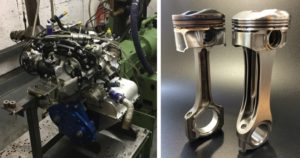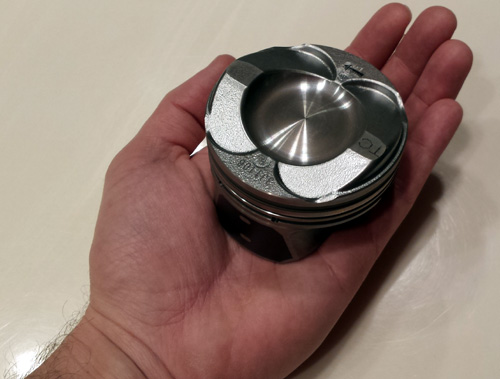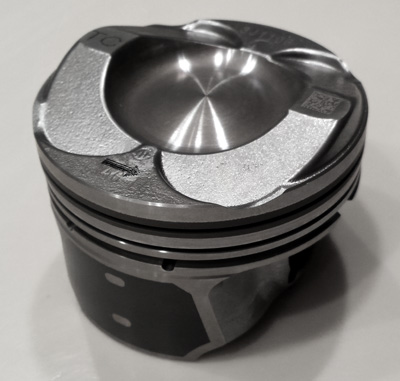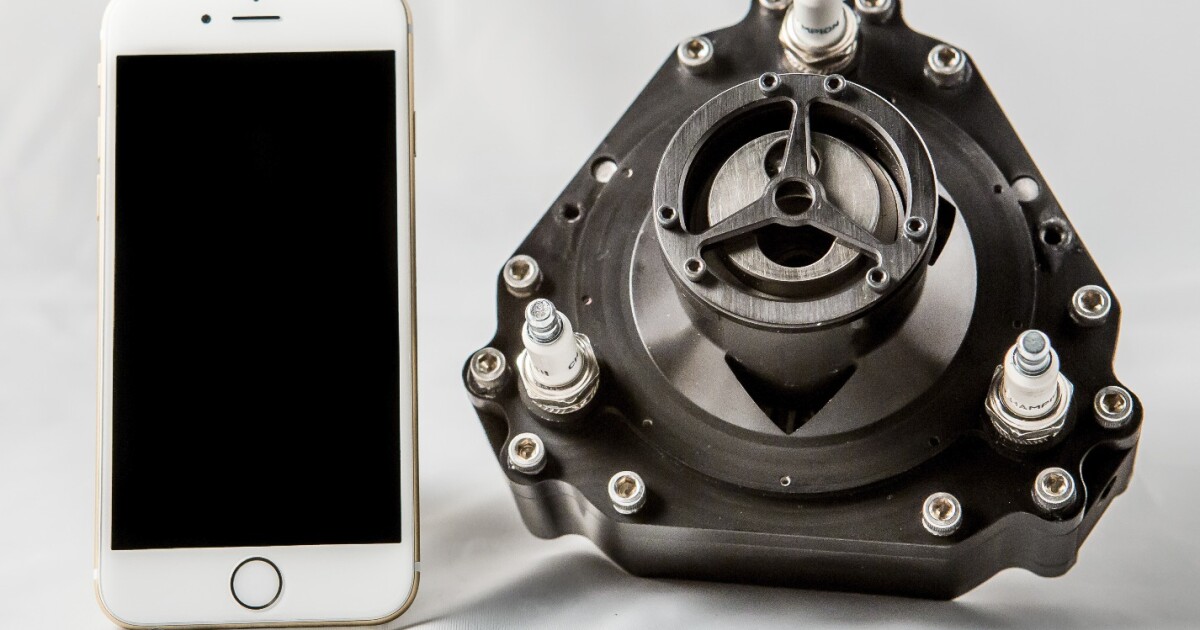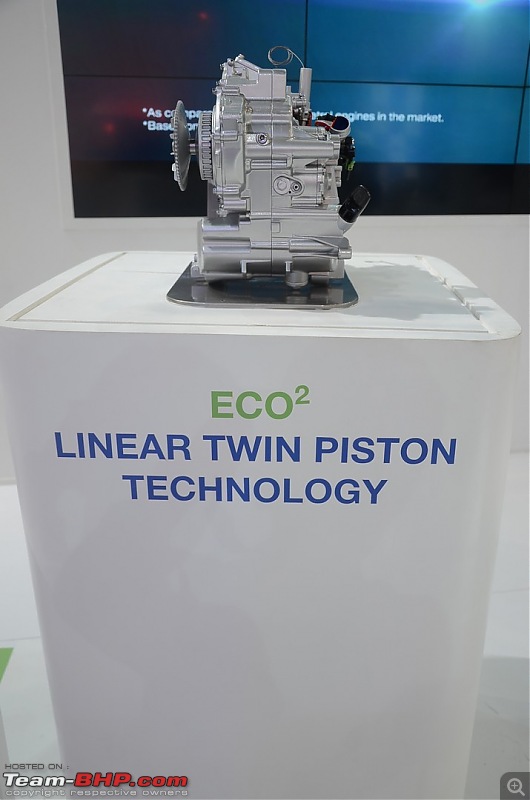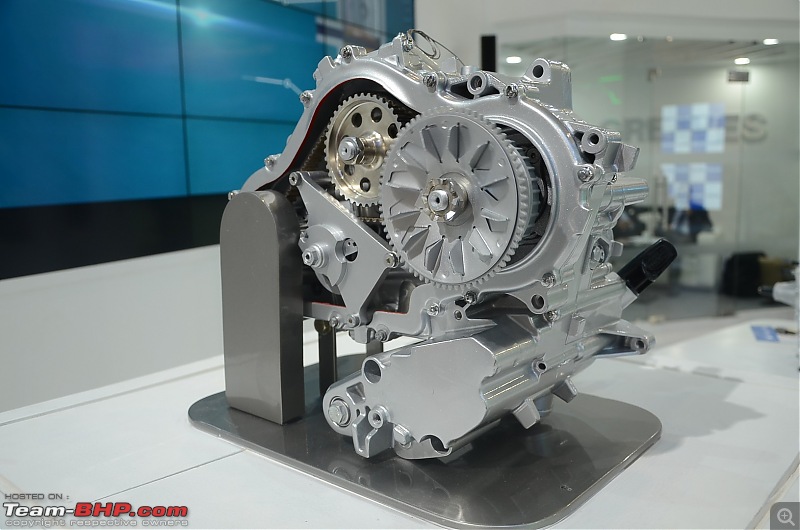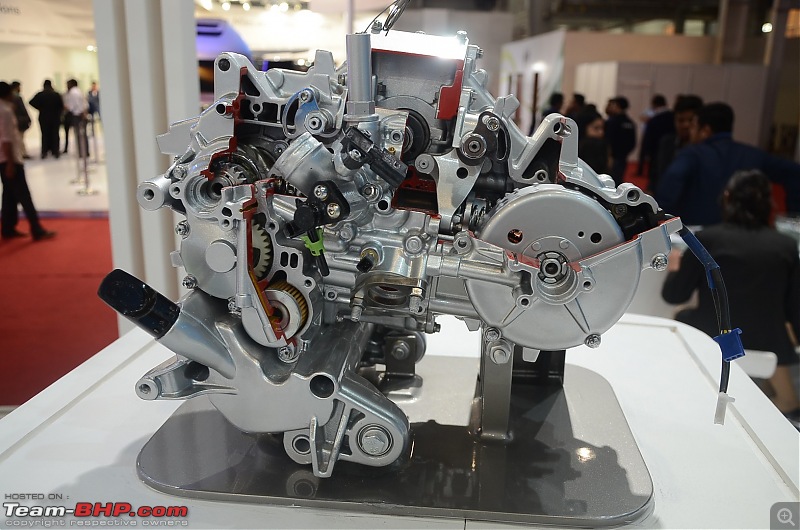Will'smotobikes19
Well-Known Member
Right, the achates but i mean instead of pistons pushing together it could work on both sides as in the axial configuration. Picture valves and sparkplugs on both cylinder heads/endplates and 2 rotary cams with 2 lobes. The Pto would exit one of the heads with a ball bearing and a seal. In this case it would be a 10 cylinder.
4:50 shows what i mean
4:50 shows what i mean
Last edited:

